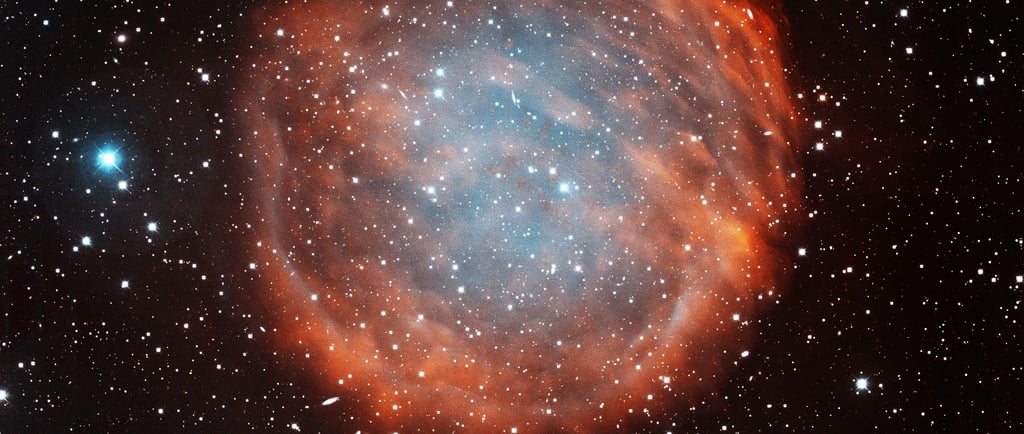Puwe 1: A Faint Planetary Nebula in the Lynx Constellation


Introduction to puwe 1
Among the vast array of celestial wonders in our universe, puwe 1 is distinguished as one of the largest and faintest planetary nebulae known to exist. Nestled within the Lynx constellation, this intriguing astronomical body captivates both professional astronomers and amateur stargazers alike.
The Characteristics of puwe 1
Puow 1 presents a unique study in the characteristics and formation of planetary nebulae. Spanning approximately 6 light-years across, it houses a variety of gases and elements that were expelled from its parent star during its late evolution. This nebula is notable not only for its size but also for its faint luminosity, making it a challenge to observe. The central star remains obscured by the nebular material surrounding it, thus adding to its enigmatic nature.
The Significance of puwe 1 in Astronomical Research
Understanding puwe 1 and its formation process offers valuable insights into stellar evolution, particularly regarding the life cycles of stars similar to our Sun. As these stars exhaust their nuclear fuel, they transition into the red giant phase before shedding their outer layers, subsequently forming a planetary nebula. The study of puwe 1 allows astronomers to explore the complexities of these processes and how such phenomena contribute to the chemical enrichment of the interstellar medium.
Moreover, given its position in the Lynx constellation, puwe 1 serves as a fascinating point of interest for astrophysical surveys aimed at cataloging and documenting planetary nebulae. As telescopes continue to advance, there is hope for more detailed observations that may unravel further mysteries surrounding this celestial object.
In conclusion, puwe 1 stands as an extraordinary example of the wonders found within our galaxy. Its large size and faintness make it an elusive target for observation, yet its significance in understanding the lifecycle of stars remains unequivocal. Astronomical research continues to gain momentum, and explorations into the depths of the Lynx constellation will undoubtedly yield fascinating discoveries regarding puwe 1.
